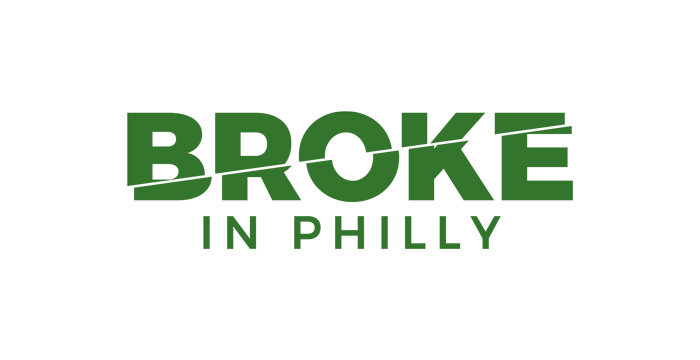
City unveils “Philadelphia Transit Plan” to fight climate change
SEPTA focuses on a carless future for a greener city
The City of Philadelphia and SEPTA unveiled the Philadelphia Transit Plan: A Vision for 2045 today.
The roadmap is the city’s plan to improve public transit, provide safe, equitable access, and fight climate change. Overall, the better the transit system that Philadelphia has, the less dependent that residents are on cars.
The report also focuses on the inequities of transit – residents of color spend an average of 12 minutes per day commuting to work than white residents, which adds up to 50 hours over the course of a year. Also, fewer cars on the road means more room for bike shares, outdoor dining, and green stormwater infrastructure.
It’s no secret that public transit reduces your carbon emissions. Taking the bus saves you 38% CO2 emissions, and electric rails are between 48 to 68^ over cars.

as shown in Philadelphia Transit Plan
The Transit Plan’s environmental goals include:
- Shift trips from driving to public transit, and make living without a car easier for Philadelphia residents.
- Adopt battery-electric buses as the technology allows.
- Shift toward clean energy to power our trains, buses, and trolleys.
Challenges to public transit
However, all of these goals still face hurdles. Congestion is burdensome to public transit and slow down buses, ridership has declined since 2013 (although the population has grown), and there’s concerns over safety and funding.
The city’s plan and the amount it can accomplish comes down to funding. The Transit Plan summary spells it out based off budget scenarios:

Want to find out more? The full report is almost 200 pages:
Photo: Mayor Jim Kenney visiting City Hall SEPTA subway station last week, courtesy of the Mayor’s Office of Communications






